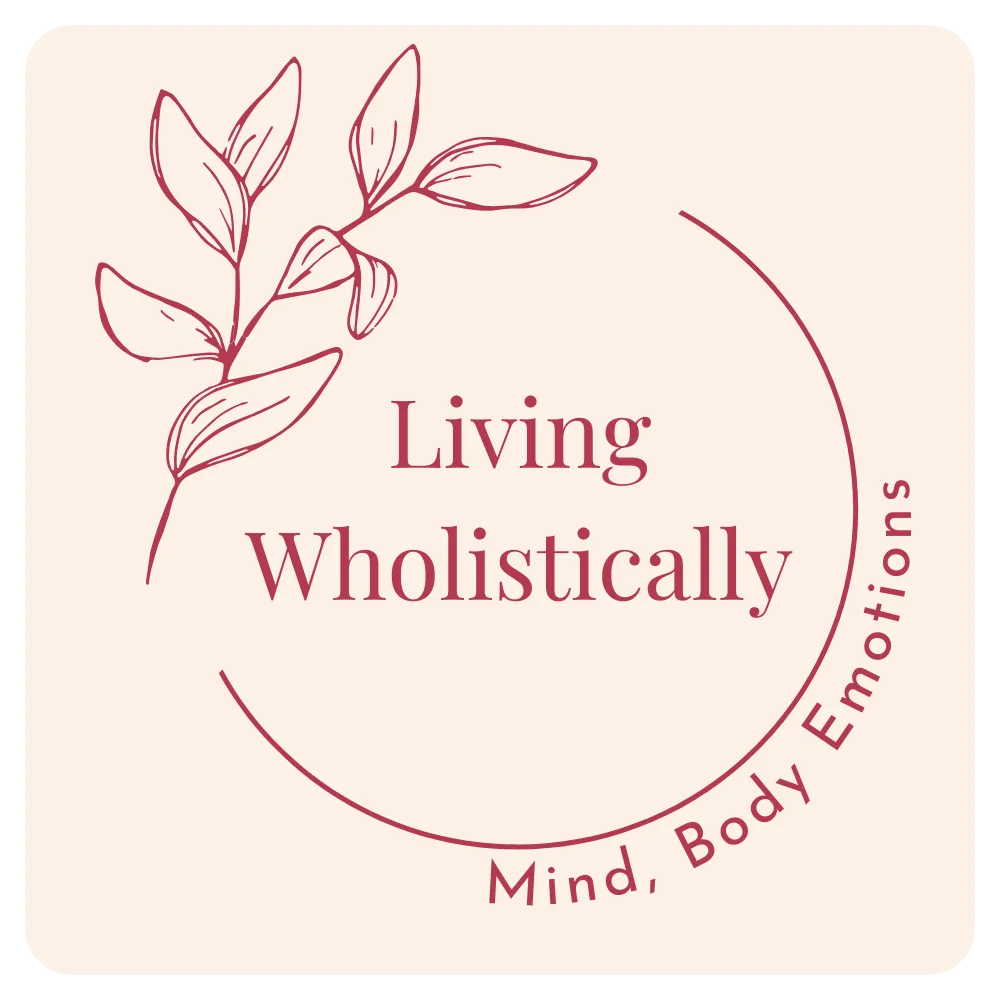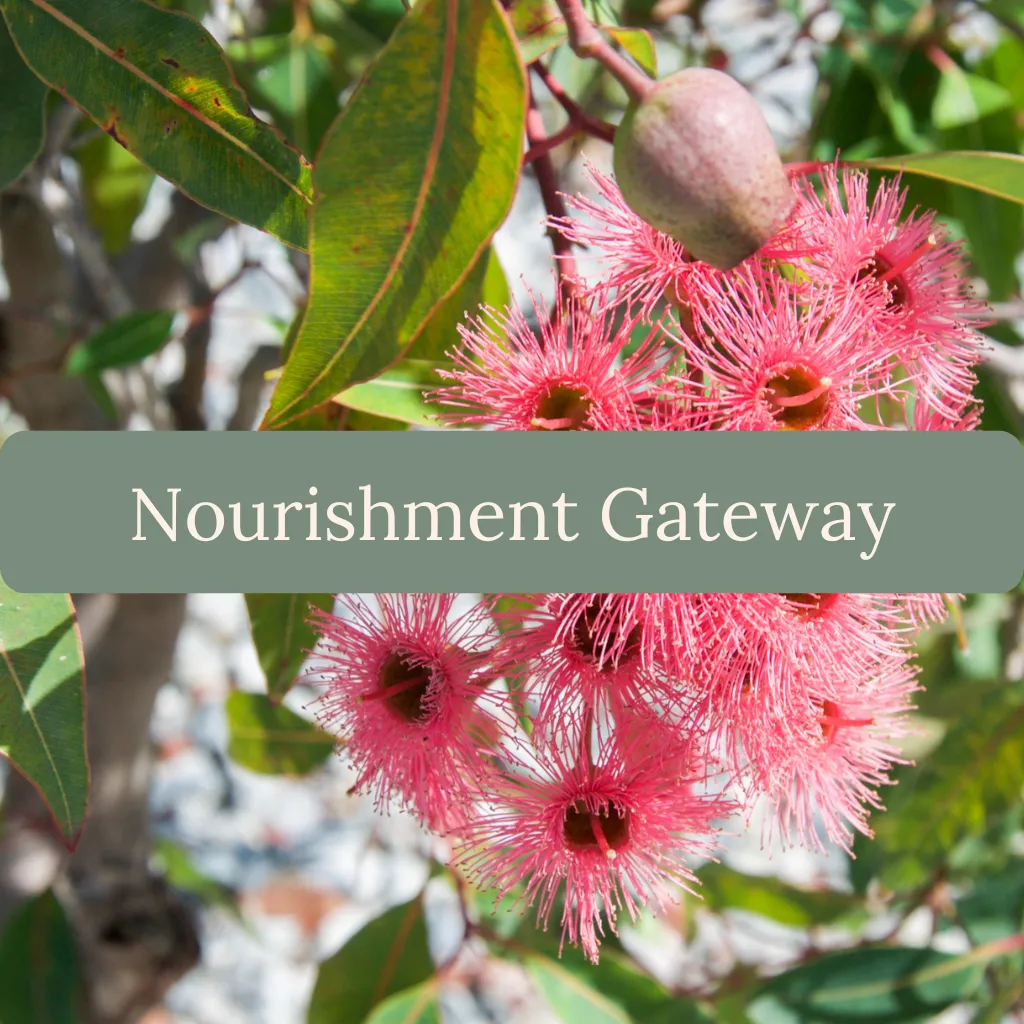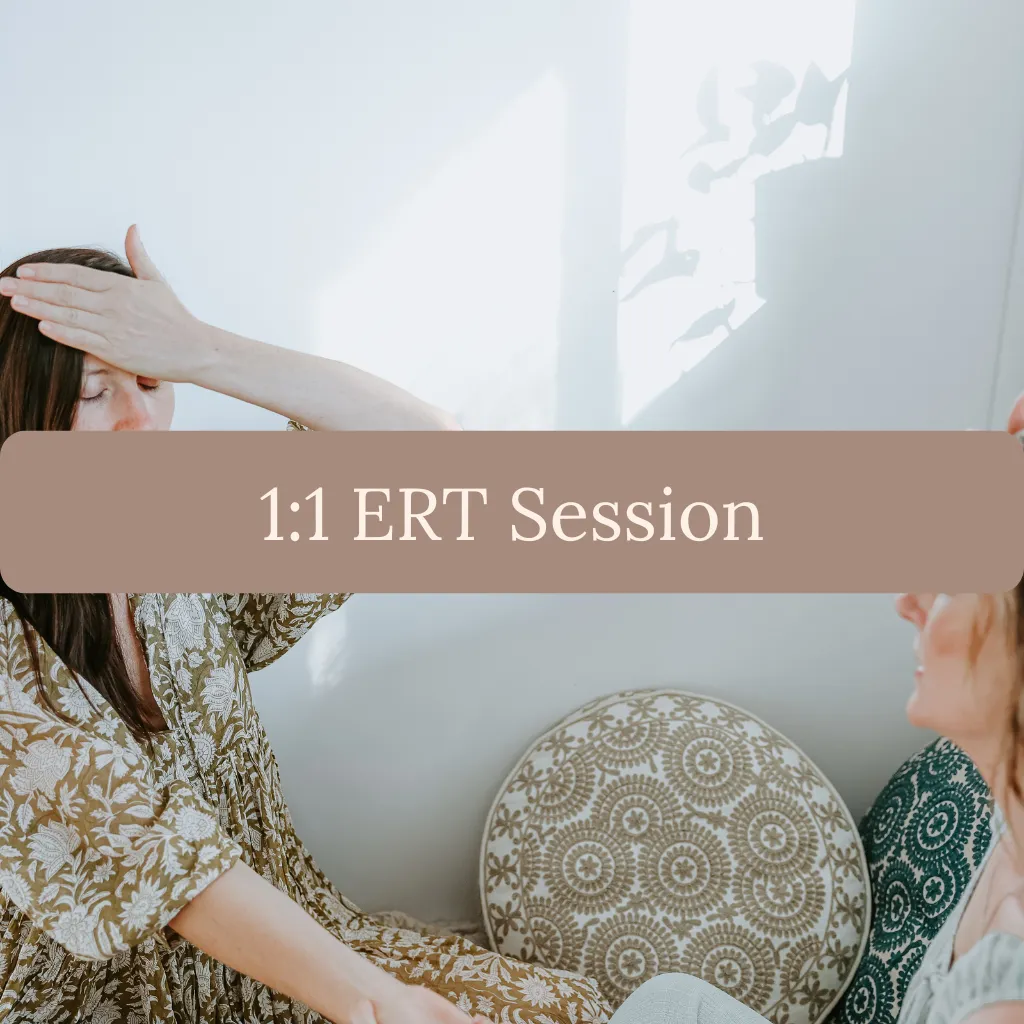Why Embracing Discomfort is Essential for Emotional Healing
Originally published: 24 January 2024. Last updated: 7 June 2025.
In our modern lives, comfort has become king. We air-condition our homes, fill our routines and to do lists, and fill any possible quiet moment with digital noise. Emotional discomfort? That’s something we’re conditioned to avoid at all costs.
But here’s the paradox — the path to healing isn’t paved with constant ease.
True healing begins in discomfort.
The ache in your chest, the frustration that bubbles over, the sudden tears or tight throat — they’re not signs that something is wrong with you.
They’re signs that something needs your attention.
Why discomfort is avoided
As women — especially mothers or nurturers — we’ve often been taught to keep the peace, keep moving, and keep it all together. When discomfort arises, it can feel like an inconvenience at best… or a threat to our identity at worst.
So we avoid it. We buffer it. We distract:
📱 With mindless scrolling that keeps us on the surface
🍫 With food or drink that soothes but doesn’t satisfy
🔄 With over-scheduling or constant productivity
🧠 With overthinking or trying to “logic” our way out of feeling
These patterns aren’t bad — they’re protective. Your nervous system is trying to keep you safe. But the longer you avoid discomfort, the louder it becomes.
Discomfort is a language — and you were never taught to speak it
What if you started seeing discomfort as communication?
What if instead of fearing it, you could get curious?
Every wave of unease is like your body whispering:
“There’s something here. I need you to see it.”
Discomfort might be pointing to:
A belief that’s no longer serving you
A memory you haven’t fully processed
An unmet need — for rest, expression, connection, boundaries
A part of yourself that feels unloved or unseen
And while sitting with that might not feel comfortable… it is where the gold lies.
How to respond instead of react
You don’t need to dive into the deepest parts of your past right away. But you can begin to relate to your discomfort differently.
Here’s what I recommend:
Step 1: Notice the distraction
The next time you feel that urge to reach for your phone, snack, or to-do list — pause. Notice what you're actually feeling. Is it stress? Sadness? Anger? Numbness?
Step 2: Let yourself feel, gently
Breathe. Place your hand on your heart or belly. Name what’s there without judgement:
“I feel overwhelmed.”
“I feel hurt.”
“I feel like I want to run.”
Even just acknowledging this is powerful.
Step 3: Choose a nourishing response
Instead of numbing, choose something that meets the moment with love. You could:
Journal or voice note your feelings
Go for a barefoot walk or sit in nature
Use a practice from one of my Village Bulletin emails or blog posts
Reach out for support — especially in my Nourishment Gateway program or 1:1 ERT sessions
You don’t have to do it perfectly. You just have to turn toward yourself, rather than away.
Discomfort is not the enemy — it’s the invitation
In a world that prioritises polished, painless, and perfect… choosing to lean into discomfort is a radical act of self-respect.
It means you’re listening.
It means you’re willing to heal, not just cope.
And that willingness will take you further than any quick fix ever could.
So the next time you feel that familiar pang of discomfort, I invite you to pause. Listen.
Ask yourself: What is my body trying to say?
This is how we break cycles. This is how we begin again.
Not through avoidance — but through presence.




